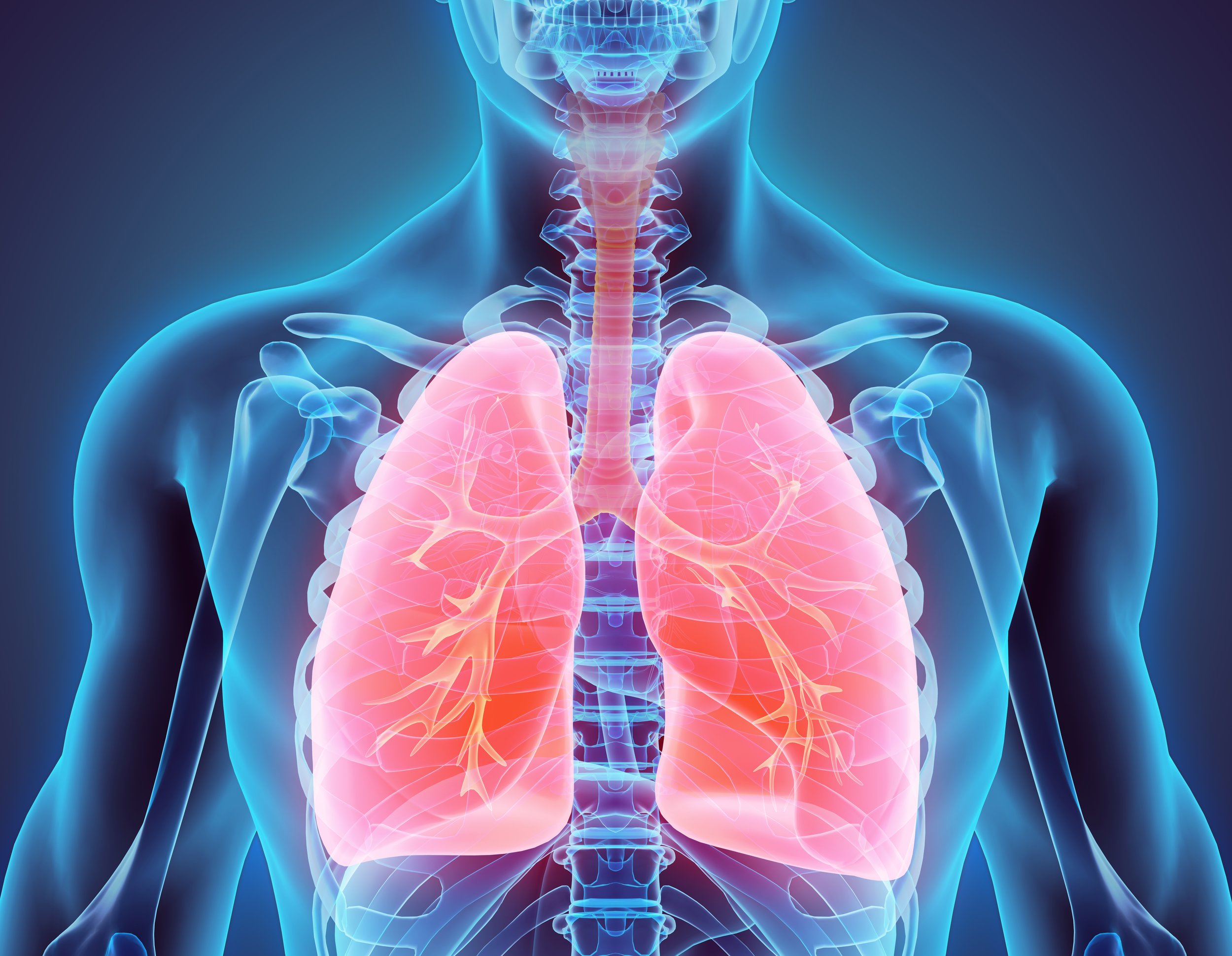Lesson Description
This chapter provides essential information on how to reduce the risk of developing pulmonary hypertension and manage the condition effectively. It outlines preventive measures, such as making healthy lifestyle changes and managing underlying health issues. The chapter also details various treatment options available to help control symptoms and improve quality of life. Additionally, it offers practical advice for coping with the day-to-day challenges of living with pulmonary hypertension, emphasizing the importance of being prepared for emergencies, understanding insurance matters, and planning for travel. Whether you are newly diagnosed, have long-term experience with the condition, or are supporting someone with pulmonary hypertension, this chapter is a valuable resource for navigating the journey.
Reducing Risk and Managing Pulmonary Hypertension
Reducing Risk
While not all cases of pulmonary hypertension can be prevented, you can lower your risk by:
- Making healthy lifestyle changes
- Managing high blood pressure
- Addressing coronary heart disease
- Treating chronic liver disease
- Preventing chronic lung disease, especially related to tobacco use
Treatment and Recovery
Though there is no cure for pulmonary hypertension, various treatments can help manage the condition, including:
- Inhaled medications
- Medications administered through veins or under the skin
- Diuretics to reduce swelling in the feet
- Oxygen therapy
Pulmonary hypertension can impact every aspect of daily life, whether you are newly diagnosed, have lived with the condition for many years, or are a caregiver or parent. Regardless of your stage in the Pulmonary hypertension journey, it's important to stay informed about preparing for emergencies, navigating insurance issues, and traveling. Be sure to review these important topics to better manage your condition.
There are various tests you can discuss with your doctor:
- Blood tests: These can detect factors such as blood clots, stress on the heart, or anemia.
- Heart imaging tests: Techniques like cardiac MRI provide detailed images of the heart and nearby blood vessels, aiding in diagnosis.
- Lung imaging tests: Procedures like chest X-rays examine the size and shape of the heart and surrounding blood vessels, including the pulmonary arteries.
- Electrocardiogram (ECG or EKG): This test identifies changes in the heart's electrical activity, which can indicate damage or strain on specific areas of the heart, a common occurrence in pulmonary hypertension due to changes in the pulmonary arteries.
